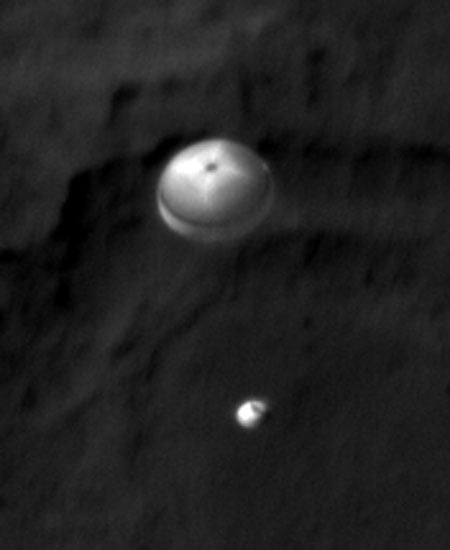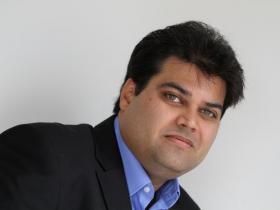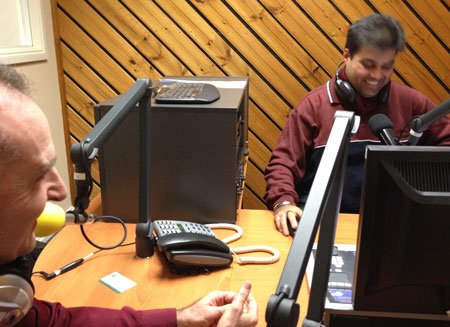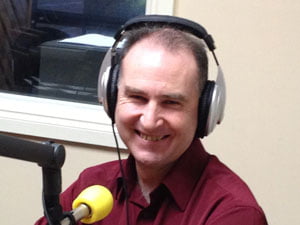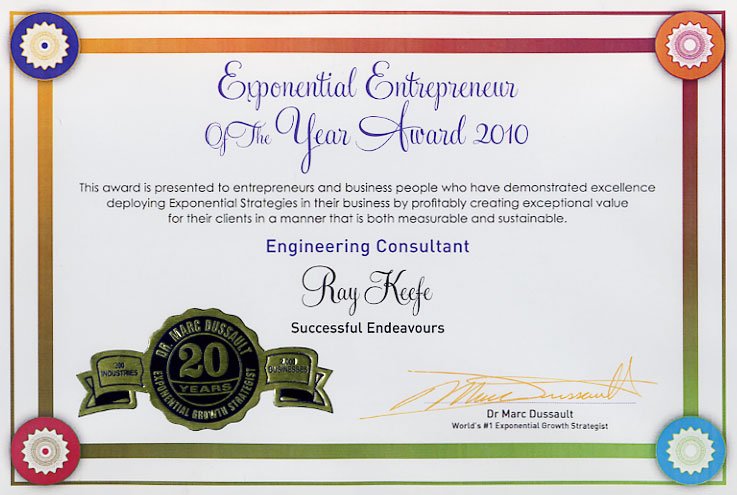Curiosity Landing
We were an excited bunch of Engineers as we watched the live feed from NASA of the landing of Curiosity on the surface of Mars. Given the telemetry delay of 15 minutes, the real landing had already happened. Here we were looking back in time as we were watching history being made. The tension and excitement were evident in the room and we felt it too.
As a team of Engineers who focus on the delivery of a brand new Electronics Design with the supporting Embedded Software, we know a little of what it is like to fire things up for the first time but celebrate that it didn’t go up in smoke. Not that this happens literally very often, but it is a good feeling to get confirmation that the careful design work has been successfully implemented. We develop up to 100 new Electronics Products each year so we have had some practice at this.
In space this is harder still for 3 reasons:
- You can’t easily rework it if it goes wrong. It is too hard to get to it. It has to be right.
- Radiation is much worse and the environment is more demanding. You can’t just use any technology for Aerospace Electronics Development.
- A lot more investment is at stake.
The celebration when the first telemetry feeds came through as ‘Nominal’ was overwhelming. So this is what it looks like to deliver on $2B of R&D Investment!
And thoroughly deserved too. Though the use of ‘Nominal’ for such a great outcome is a little understated. But then this is Engineering and science. We know a little of what that is like though we don’t get to spend that level of investment in creating the future. Certainly the win last year for the Industrial Electronics Future Awards 2011 was a moment we savour.
You can watch the whole landing here:
And some links you will enjoy if you are an enthusiast as I am
And some other space related posts are at Space.
Successful Endeavours specialise in Electronics Design and Embedded Software Development. Ray Keefe has developed market leading electronics products in Australia for nearly 30 years. This post is Copyright © 2012 Successful Endeavours Pty Ltd



